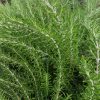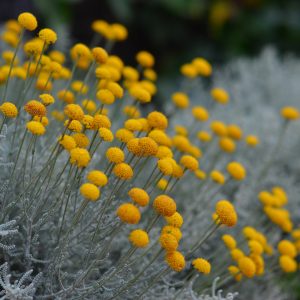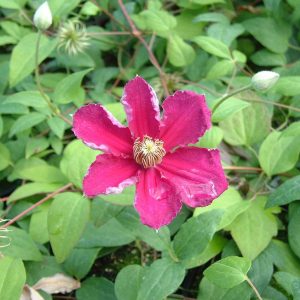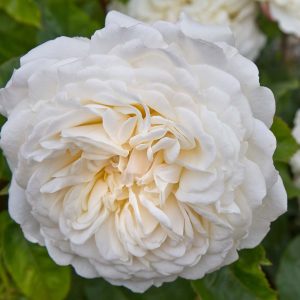Description
A cultivar of Rosmarinus officinalis that is known for its bushy, compact growth habit and its distinctive, fluffy, “foxtail” like appearance. The plant is a woody perennial herb that is often used in Mediterranean cuisine, particularly in grilled meats and vegetables. The leaves are highly fragrant and have a strong, pungent flavor that is well suited for use in cooking. The plant also produces small, blue flowers that are edible and can be used as a garnish. It is also a popular choice for landscaping and garden design due to its unique appearance.
Key Facts
- Common Name(s):Foxtail Rosemary
- Hardiness:Half hardy and would benefit from protection through Winter.
- How big will I get? Rosmarinus officinalis can grow to a height of 1m and a spread of 1m.
- Did You Know That:In the Mediterranean rosemary is associated with remembrance, and is commonly used in weddings, funerals, and other ceremonies?
Plant Calendar
A rough guide to how this plant will change through the year.
| Jan | Feb | Mar | Apr | May | June | July | Aug | Sept | Oct | Nov | Dec | |
| Flowering Time |  |
 |
||||||||||
| Foliage Colour |   |
  |
  |
  |
  |
  |
  |
  |
  |
  |
  |
  |
| J | F | M | A | M | J | J | A | S | O | N | D |
 |
 |
||||||||||
  |
  |
  |
  |
  |
  |
  |
  |
  |
  |
  |
  |
Care Guide

Soil Requirements
Rosmarinus officinalis is a versatile plant and can cope with wet or drier soils, but prefers there to be decent drainage. This plant can grow in soil with a wide range of pH levels, it is not picky about the pH level of the soil.

Best Position
Rosmarinus officinalis can handle either an exposed or a sheltered position and requires full sun to thrive, this consists of more than six hours of direct sunshine per day.

Maintenance
Rosmarinus officinalis is fairly low maintenance and doesn’t require any pruning.

Pest, Diseases and Wildlife
Rosmarinus officinalis can have problems with beetle, and it tends not to have problems with diseases. It is also known to attract bees. It is not considered to be toxic.





